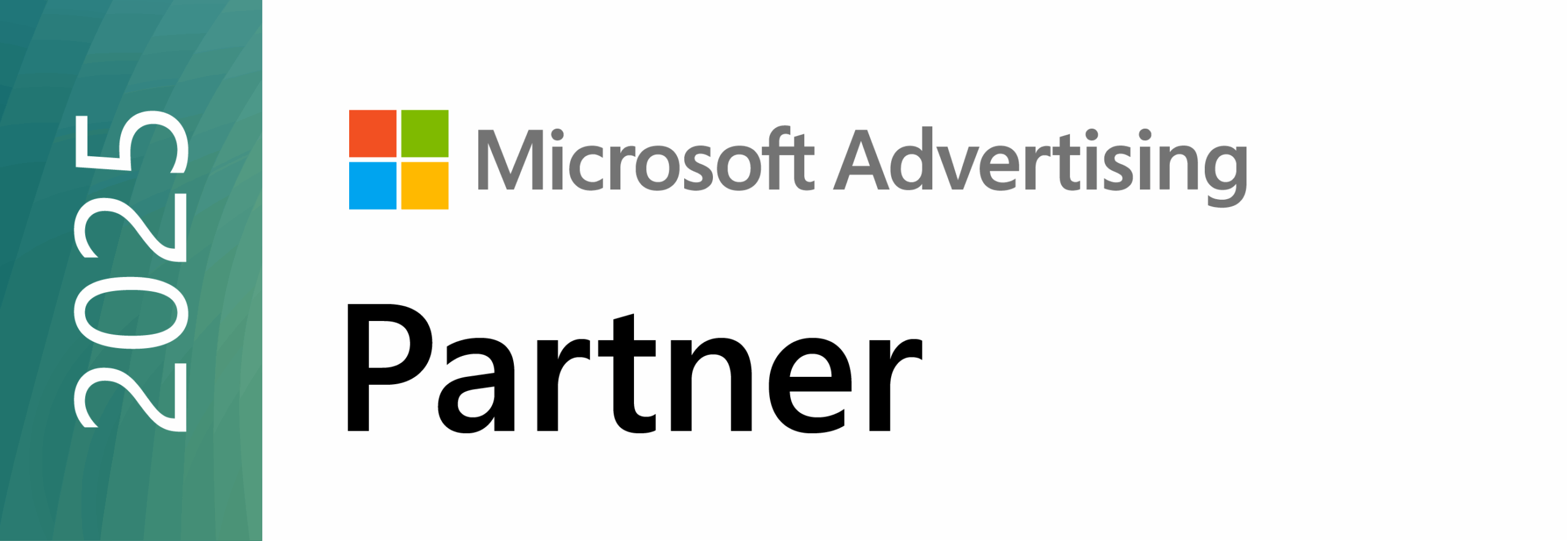
Any new business creator realizes quickly that a strong online presence is a must. It’s the best way to reach a wider global market.
71% of small businesses have their own website. It’s the most effective way to reach potential customers. These digital spaces provide information about the company and elements of the brand’s identity to consumers.
A newer, more modern approach is a headless website. This type of website enhances flexibility, customization, and offers website performance benefits.
Are you curious about the term headless website? What is it and how does it transform web development? Keep reading to learn the benefits and challenges for your business.
What Is a Headless Website?
A headless website is one of the new web development trends using decoupled architecture. It separates the frontend presentation layer from the backend content management system (CMS).
Are you looking to modernize your website? With a headless website, a change to the front end will no longer require changing the code in the CMS backend. You’ll have frontend flexibility and a more scalable website.
This change allows separate, independent development and management of the front end and back end.
Key Components
Headless CMS is one of the first critical components. It manages all content and data. It exposes the application programming interfaces (APIs) for frontend consumption.
The second component, content APIs, enables content delivery. This is provided by the headless CMS for front-end integration.
The third must-have is Frontend Application. This renders UI/UX and utilizes content through APIs. It’s built using front-end libraries.
Benefits of Headless Websites
The backend CMS for a headless website can now focus only on content management capabilities. It will expose all your content through the application programming interface (API), anything the front end can consume.
The frontend codebase grabs the content from the API and renders the UI and UX. The front end and back end can now use different technology stacks.
The frontend codebase can now evolve without being limited by the CMS platform. Your users will enjoy an improved performance.
Looking for omnichannel experiences? Headless websites make it easier to reuse content across various platforms. You can render the same backend content in multiple ways on the web, mobile, IoT, etc.
Challenges of Headless Websites
Headless websites require more development work in the beginning to create the user interface. Website developers must create custom code that will communicate with the CMS’s API to grab and display your content, making it more time-consuming and complex.
It requires more technical expertise from your software development team. The team needs to create the user interface from scratch. This requires a good understanding of front-end technologies.
The biggest challenge may be search engine optimization (SEO). Traditional platforms include built-in SEO tools. With headless architecture, these have to be developed.
Future Outlook for Headless Websites
Using headless architecture to transform your site from a traditional website to a headless website will offer immense flexibility and scalability benefits. It will upgrade the user experience and offer more content-focused information to users.
Are you looking to modernize your company website? We are a leading Canadian digital marketing agency. We’ve been helping clients grow their businesses by offering smart and affordable solutions for their unique needs and budgets. Contact us today to get started.




